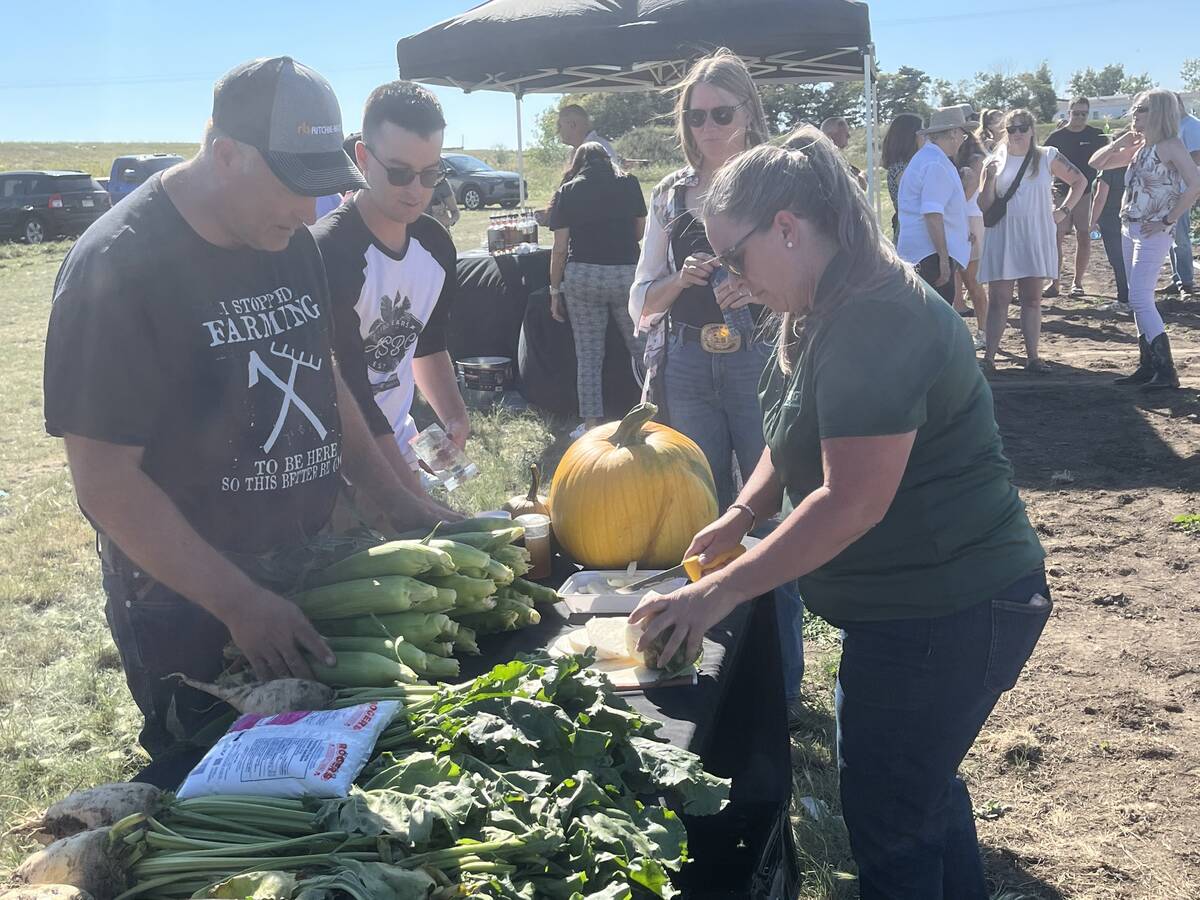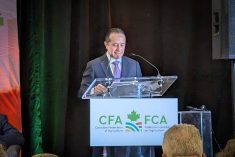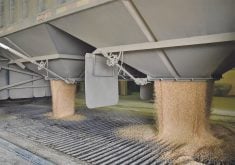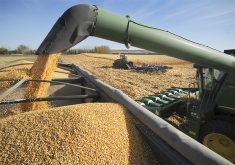U.S. agriculture secretary Tom Vilsack believes his country is making progress as more dairy products move into Canada
The United States still isn’t thrilled about how Canada distributes its dairy market share, but Tom Vilsack, U.S. secretary of agriculture, said progress has been made in sending more U.S. dairy products to Canada.
“Last year was a record for exports to Canada of dairy products,” he said during the Global Dairy Summit at the World Dairy Expo held recently in Madison, Wisconsin.
The U.S. has been unhappy with how Canada has operated when it comes to dairy under the U.S.-Mexico-Canada Agreement. Ongoing hard feelings stem from over Canada’s tariff rate quotes (TRQs), which set aside given amounts of a product where tariffs are eliminated or reduced, and which the U.S. argued were being divvied out in such a way that U.S. dairy products were disadvantaged. In 2022, Canada changed its TRQ allocation to be based on market share, following a trade dispute on the issue.
Read Also

Alberta farm lives up to corn capital reputation
Farm to Table Tour highlighting to consumers where their food comes from features Molnar Farms which grows a large variety of market fruits and vegetables including corn, with Taber being known as the Corn Capital of Canada.
Vilsack was the chief executive officer of the United States Dairy Exporters Council before he was named agriculture secretary by President Joe Biden.
The Canadian government has given the right to import the level of duty-free American dairy products allowed by USMCA to Canadian companies, and the U.S. government would prefer the access be unfettered for American companies wanting to ship duty-free products to Canada.
Vilsack made the comments as part of a wide-ranging commentary on trade deals as he defended the Biden administration’s record on trade and agriculture policy.
He said that with lack of fast-track authority, which would allow Congress to vote only yes or no on trade agreements, there’s little chance a broad-based trade agreement would pass.
There are 535 members of Congress, including 435 members of the House of Representatives and 100 in the Senate. Under the current situation, each of them could propose amendments to a trade agreement.
He said countries that try to negotiate a trade agreement and know that reality would have little confidence that any agreement would pass in the form it was negotiated. That doesn’t mean a trade agenda can’t be advanced by reducing tariff reductions and other negotiations and that’s what’s happening, Vilsack said.
However, there is no independent body to adjudicate disputes on trade, as existed at the World Trade Organization before the U.S. refused to appoint its members to the dispute resolution panel.
Instead of regional trade deals, Vilsack said the American government is negotiating individual deals and making smaller changes to tariff levels with individual countries. He said that has opened more trade opportunities.
“Some believe that trade has worked at a disadvantage to the United States. Folks in agriculture understand that’s not necessarily the case because we’ve had trade surpluses.”
Those surpluses aren’t as reliable because China is buying fewer American goods, said Vilsack. That’s why the U.S. government is working to make smaller, individual deals.
Vilsack pointed to the message delivered by Sonny Purdue, former Trump-era agriculture secretary, who said farms have to get larger to survive. The U.S. government has created a suite of initiatives to diversify the income of dairy farms across the U.S.
They include programs to support biogas digesters as a new source of revenue and ecosystem services — being paid for doing good work for the environment.
















